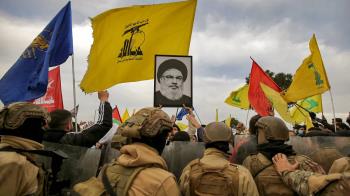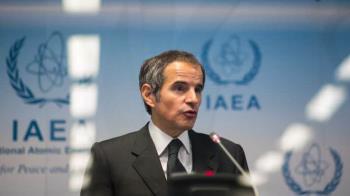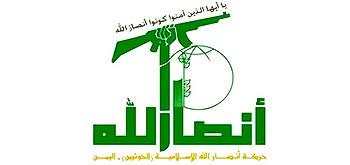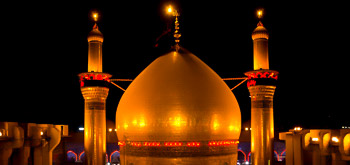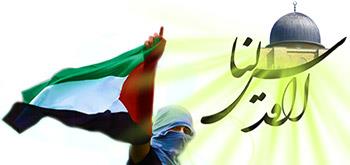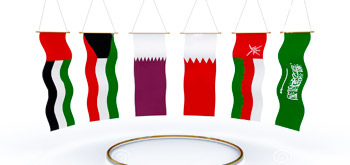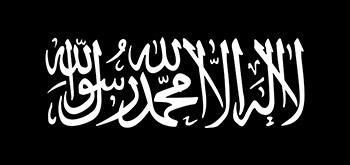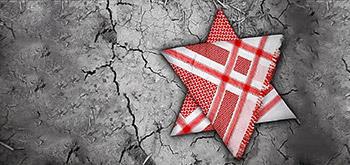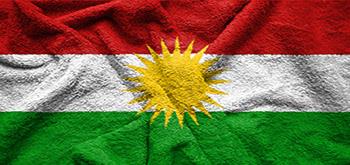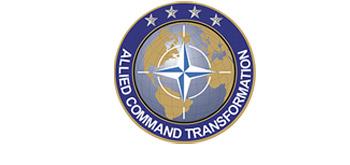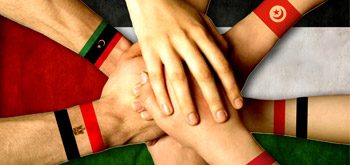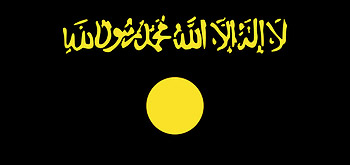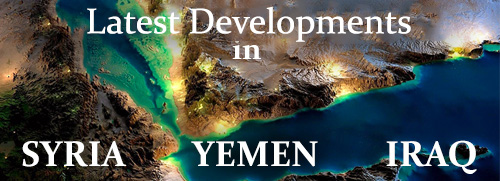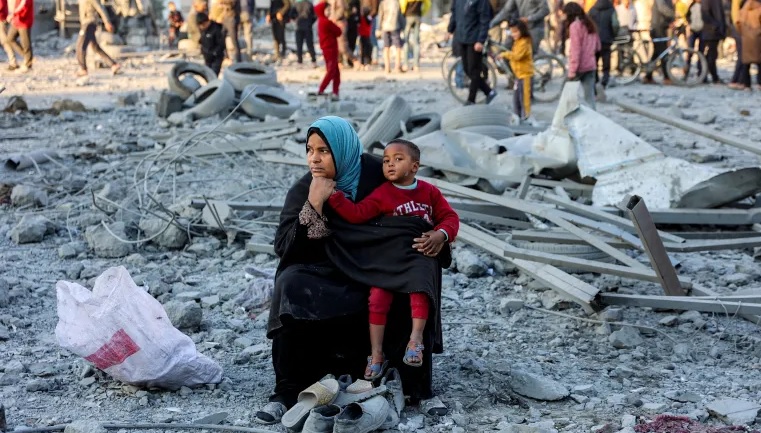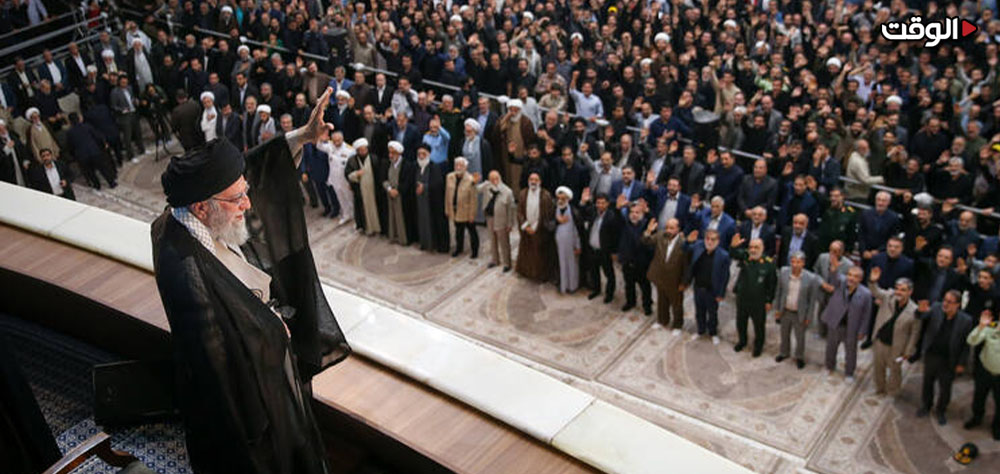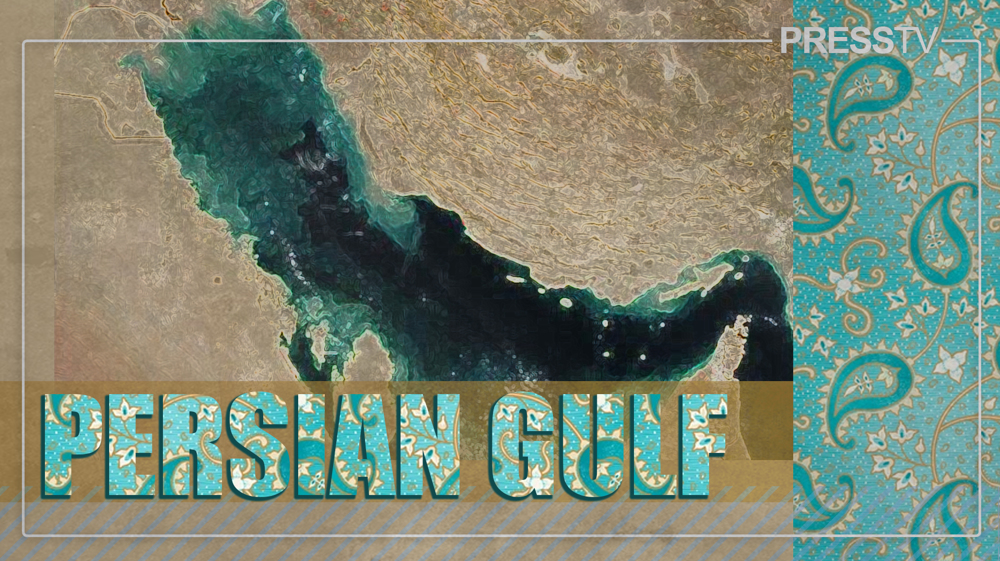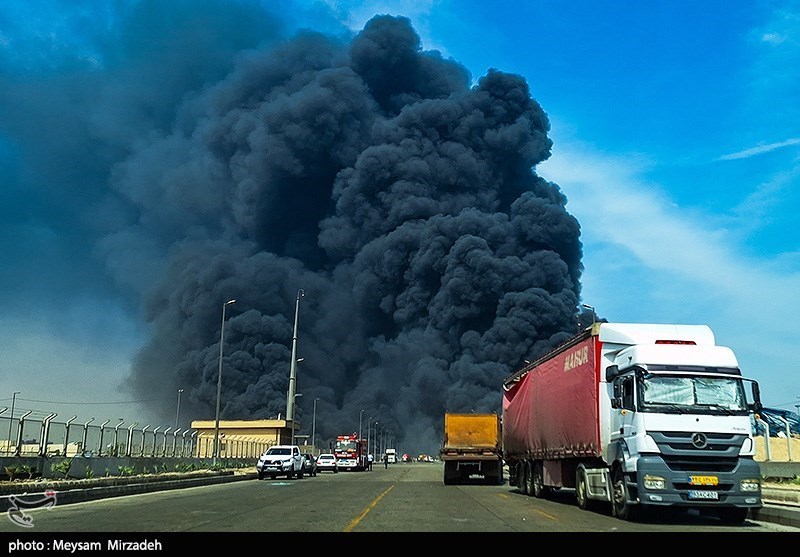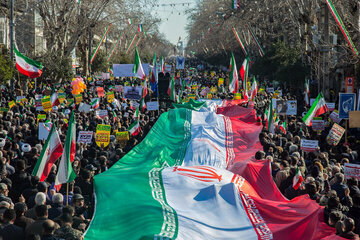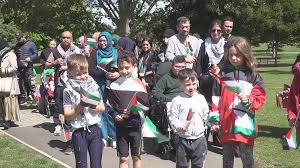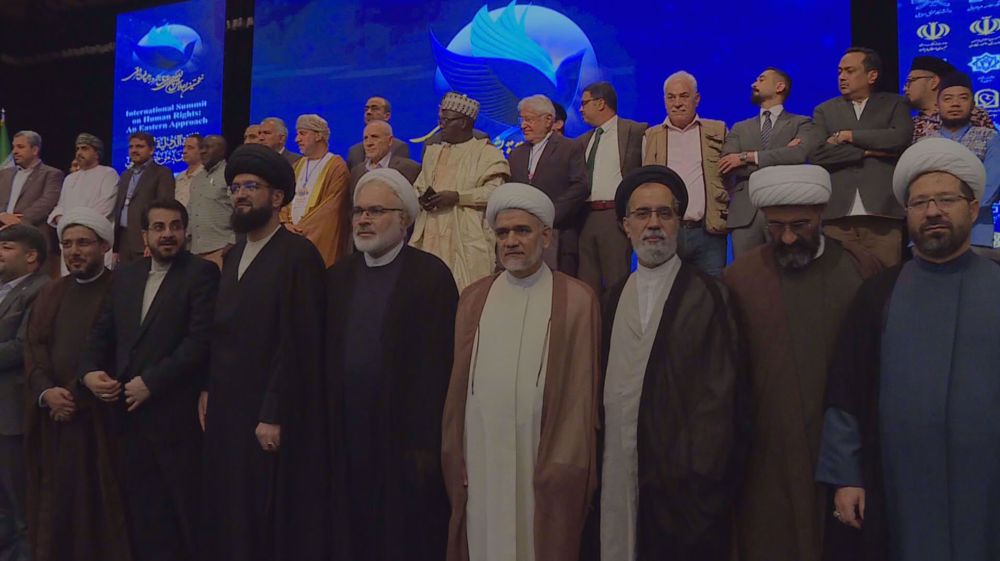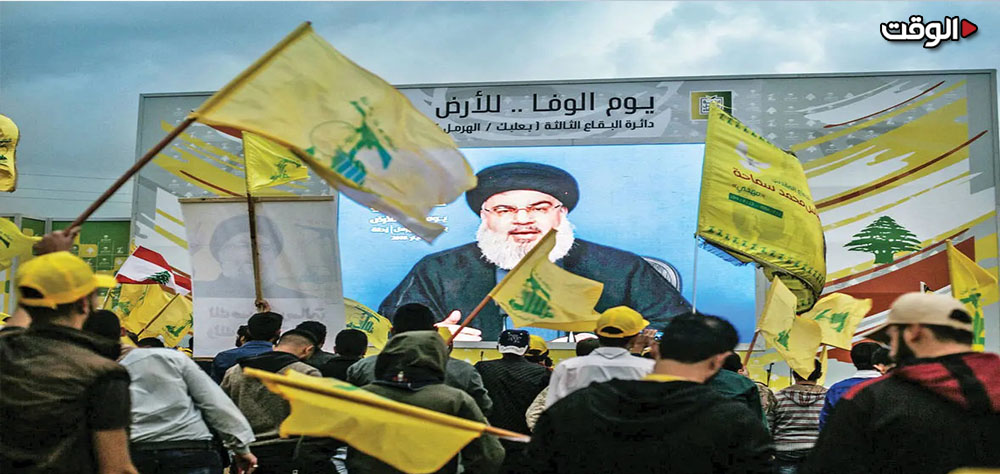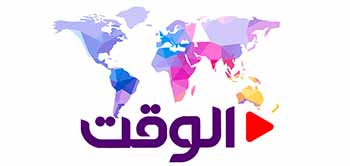Alwaght- The ceasefire to end the two-year war in Gaza is on a shaky ground. The Rafah border crossing is closed by Israel and the aid entry is restricted. Since the implementation of the fragile US-mediated truce on October 10, Israel has killed over 100 Palestinians in Gaza and injured 230 others.
The Israeli war on Gaza, labelled a genocide by the UN and other international organizations, has so far killed over 68,000 and injured over 170,200 others.
The Israeli regime claims that Hamas is procrastinating handover of bodies of 28 Israeli prisoners killed by the Israelis during bombing of the coastal Palestinian enclave. But Hamas argues it needs advanced and heavy excavation equipment to recover bodies of Israeli prisoners, as well as about 10,000 Palestinians. But the Israeli have been reported to violate the deal.
Palestinians killed everyday as ceasefire continues
The Palestinian government media office in Gaza reports that Israeli forces have violated the truce agreement 80 times, killing at least 97 Palestinians.
In one of the most recent incidents, Israeli troops opened fire on a vehicle in the Zaytun neighborhood, killing 11 members of Abu Shabban family. The car, carrying seven children and three women, was attempting to reach their home when it came under attack.
On Sunday, Israeli airstrikes and ground operations killed dozens across Gaza. The violence continued into Monday, when Israeli forces shot dead several Palestinians in the Shujaiya neighborhood, claiming they posed a "threat" to its soldiers. This occurred shortly after Israel had pledged to adhere to the ceasefire.
Aid restrictions
Despite the ceasefire explicitly demanding the lifting of aid restrictions, Israelis have maintained a tightly constrained flow of assistance into the besieged enclave. The critical Rafah crossing on the border with Egypt remains closed, and the UN confirmed that by Tuesday, only 300 aid trucks had been allowed to enter.
Nearly two weeks into the truce, there is no evidence of a meaningful improvement in the humanitarian situation. Tel Aviv continues to use border crossings and aid as political and security leverage, deliberately delaying the agreement's implementation and blocking the full entry of life-saving supplies for Gaza's exhausted and starving population.
Current reports indicate over 2 million Palestinians are grappling with poverty, starvation, a collapsed health system, and homelessness, with prices for scarce goods soaring beyond reach.
According to the Gaza government's media office, from the truce's start on October 10 until now, only 986 aid trucks have entered Gaza. This included a meager 14 trucks of gas and 28 trucks of fuel. The agreed-upon terms stipulated that 600 trucks should enter daily, meaning approximately 6,600 trucks should have arrived by Monday. Gaza officials describe these figures as evidence of Tel Aviv's ongoing policy of "strangulation and human hostage-taking."
The Gaza government stresses that a minimum of 600 aid trucks per day, carrying food, medicine, fuel, and relief items, are essential to meet the population's urgent needs. The crisis is compounded by more than 22,000 wounded people awaiting half a million surgical procedures, and 288,000 homeless families who require tents and temporary shelter before winter arrives.
The World Food Programme (WFP) has warned that the aid delivered in the two weeks since the truce is only sufficient to meet the needs of half a million people for a fortnight, leaving the population facing a severe food and water crisis.
Amjad al-Shawa, head of the Palestinian NGOs Network in Gaza, cautioned that focusing solely on truck counts is misleading, as many shipments contain non-essential items. He emphasized that Gaza needs more than a thousand trucks a day to cover the people's minimum real needs.
Hamas acting on its obligations
According to the deal, Hamas has released 20 living Israeli prisoners and despite Israel's repeated violations of the deal, it has recovered and delivered bodies of 12 Israeli prisoners. In a statement, the resistance movement said that it remains committed to the terms of the deal, but given the large scale of destruction as a result of two years of unceasing bombing, recovering and identifying the bodies is a tough job. Hamas has further said that without new equipment and help of experts, it cannot guarantee return of all bodies.
Not all of displaced civilians return home
While the return of displaced civilians and the delivery of humanitarian aid were explicit terms of the truce, ongoing Israeli airstrikes and a military-enforced "yellow line" are preventing Palestinians from safely returning to their homes, in what appears to be a clear violation of the agreement.
Israeli forces have established a "yellow line" across Gaza, opening fire on Palestinians attempting to cross it to return home. This has created widespread confusion and danger, as many residents do not know which side of the line their homes are on— the side still occupied by Israeli troops, or the side designated as cleared.
An Al Jazeera map analysis reveals this yellow line places approximately 58 percent of the Gaza Strip under continued Israeli military occupation. For the estimated 100,000 displaced residents of the Jabalya camp, the Israeli military presence and gunfire near this line have made a safe return impossible.
In a stark violation of the ceasefire, Israeli forces have repeatedly crossed this line to raid areas where displaced people are sheltering. On Monday morning, Israeli troops operated in the Shuja'iya neighborhood east of Gaza City, killing two Palestinians and wounding others, despite all victims being in an area outside the designated yellow line.
Ismail Thawabta, the director-general of the Palestinian government media office , told Al Jazeera that these breaches include "direct shooting at civilians, shelling, deliberate targeting, and the arrest of a number of civilians." He stated these actions demonstrate "the ongoing aggressive approach of the occupation and its desire to escalate tension and its continued thirst for bloodshed."
Further reports confirm that Israeli forces continue to occupy an area of about 45 square kilometers in northern Gaza, a direct violation of their commitment under the truce to withdraw from specified areas. The Israeli military sustains these operations using tanks on the outskirts of residential areas, remote targeting systems, warplanes, and quadcopter drones, which fly daily over residential zones to conduct shooting and targeted killing operations.
Yellow line, the new Israeli pretext
It seems that the Israeli Prime Minister Benjamin Netanyahu is leveraging the yellow line as an excuse to continue aggression on Gaza. Israeli sources said that Netanyahu is mulling imposing further restrictions on Hamas and reneging on his promise of retreat from Gaza under the excuse of Hamas not delivering all bodies.
Rami Abu Zubaideh, a military affairs expert, told Al Jazeera said that drawing the yellow line in Gaza is not a temporary measure; rather, it marks a new stage of long-term occupation of Gaza. He added that this bordering is meant to impose a new security and geopolitical reality on the Palestinians in Gaza instead of full withdrawal.
The reality is that through the yellow line, the Palestinians are seeking to draw new boundaries in Gaza that would affect over half of Gaza size. In other words, the yellow line will enable the Israeli army to maintain its freedom of action and movement and the ability to launch attacks or limited offensive anytime it wishes deep into the Palestinian territories and Gaza.
Israeli forces are leveraging the yellow line to solidify control over more than half of Gaza, enabling them to dominate border zones, monitor resistance activity, and block the reconstruction of military infrastructure and tunnels. Simultaneously, by preventing residents from returning to destroyed areas near the border, this policy is effectively engineering a long-term demographic shift in the territory. Vast tracts of northern and eastern Gaza now stand emptied of their inhabitants, transformed into a lifeless gray strip. This reality aligns with long-standing Israeli strategic visions to create a permanent "security buffer zone" inside the Gaza Strip, fundamentally altering its territorial contiguity and preventing the return of displaced communities.
So, it can be said that continuation of Gaza occupation in the yellow line is not a sign of end of war but an indication of a new stage of Gaza occupation lying behind the scenes of the agreements. On the opposite side, if the second phase of ceasefire is not implemented by Israel and yellow line demarcation is not ended and withdrawal is not completed, Palestinian resistance forces will return to confrontation of the Israeli aggression.

